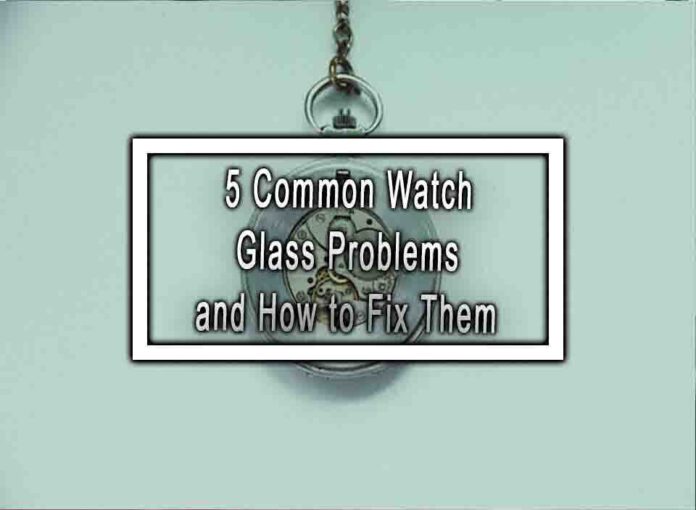Watch glasses are circular, flat pieces of glass commonly used in laboratories for various purposes, such as covering beakers, evaporating small amounts of liquids, or holding solid samples for observation. Like any lab equipment, watch glasses can encounter certain problems. Here are five common watch glass problems and how to address them:
Cracks or Chips:
- Problem: Cracks or chips in the watch glass can compromise its integrity and safety.
- Solution: If the cracks or chips are minor, you can continue to use the watch glass cautiously. However, if the damage is significant, it’s best to replace the watch glass to prevent any potential accidents or contamination.

Fogging or Cloudiness:
- Problem: Watch glasses can become foggy or cloudy due to deposits of chemicals or residue from previous use.
- Solution: Clean the watch glass with a mild detergent or glass cleaner to remove any deposits. Rinse it thoroughly with distilled water and dry it before using it again.
Sticking to Containers:
- Problem: Sometimes, watch glasses can stick to containers due to evaporation or chemical reactions during use.
- Solution: To prevent sticking, place a small piece of filter paper between the watch glass and the container before use. This helps create a barrier and prevents the two surfaces from adhering.
Scratches:
- Problem: Scratches on the surface of the watch glass can obstruct visibility during observations.
- Solution: If the scratches are affecting your observations, consider replacing the watch glass. Prevent future scratches by handling the watch glass carefully and avoiding contact with abrasive materials.
Cleaning Residue:
- Problem: Cleaning solutions, chemicals, or substances left on the watch glass after use can affect the accuracy of subsequent experiments.
- Solution: Thoroughly clean the watch glass after each use. Use a mild detergent, glass cleaner, or suitable solvent to remove any residue. Rinse with distilled water and dry before storage.
Remember that watch glasses are relatively inexpensive and easily replaceable. If you encounter persistent problems, such as significant damage, cloudiness that can’t be removed, or other issues affecting their functionality, it’s recommended to replace them to ensure accurate and safe laboratory work. Always prioritize safety and proper laboratory practices when using and maintaining lab equipment.











